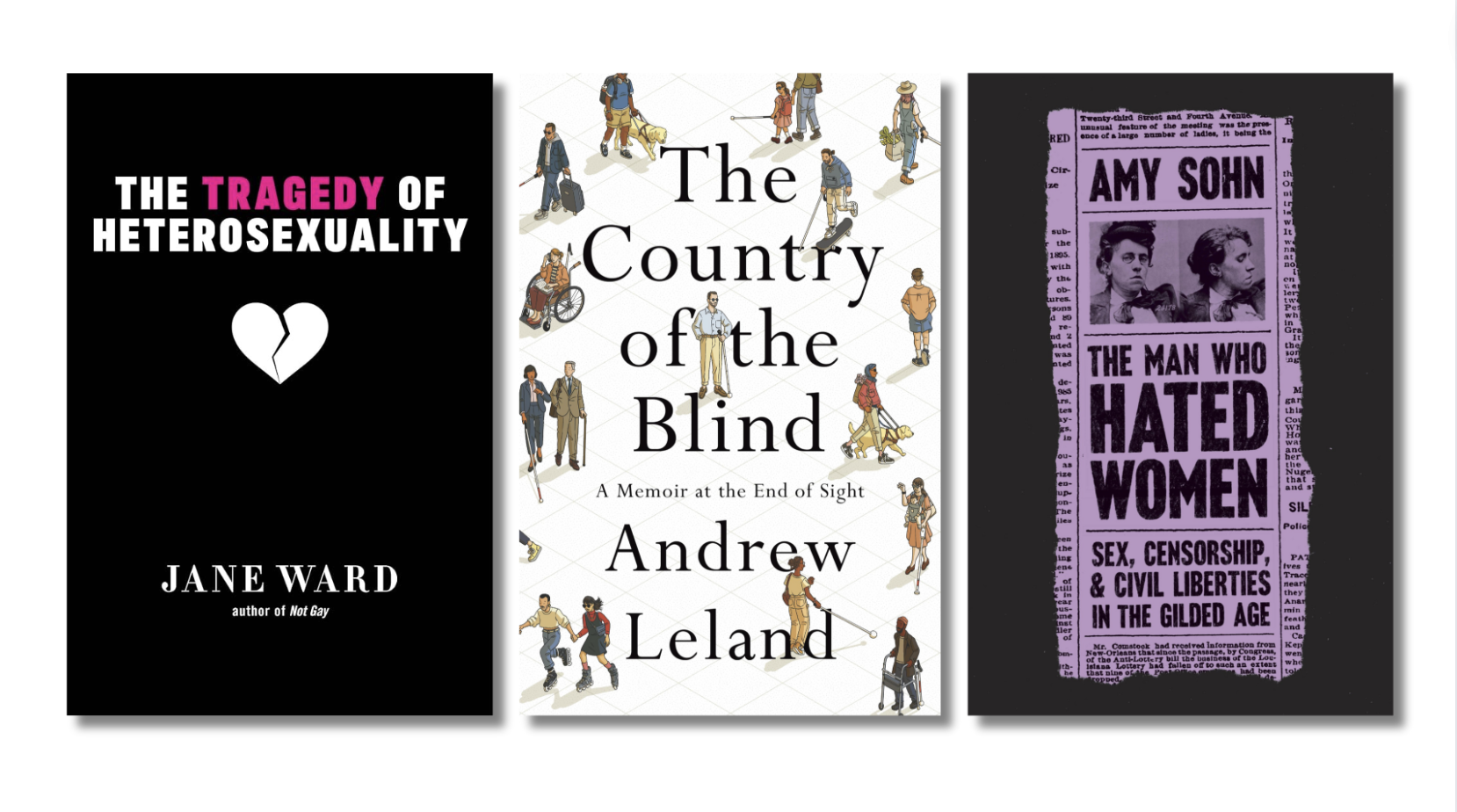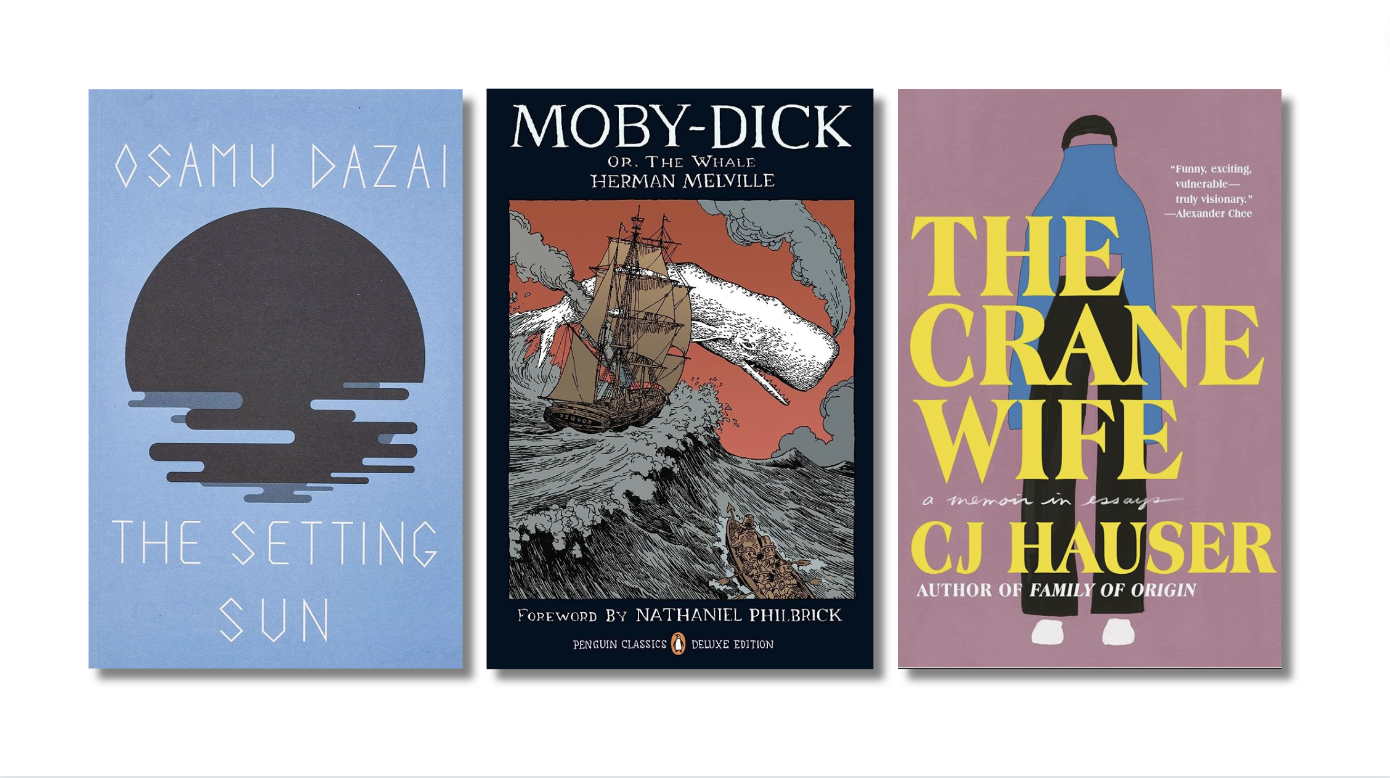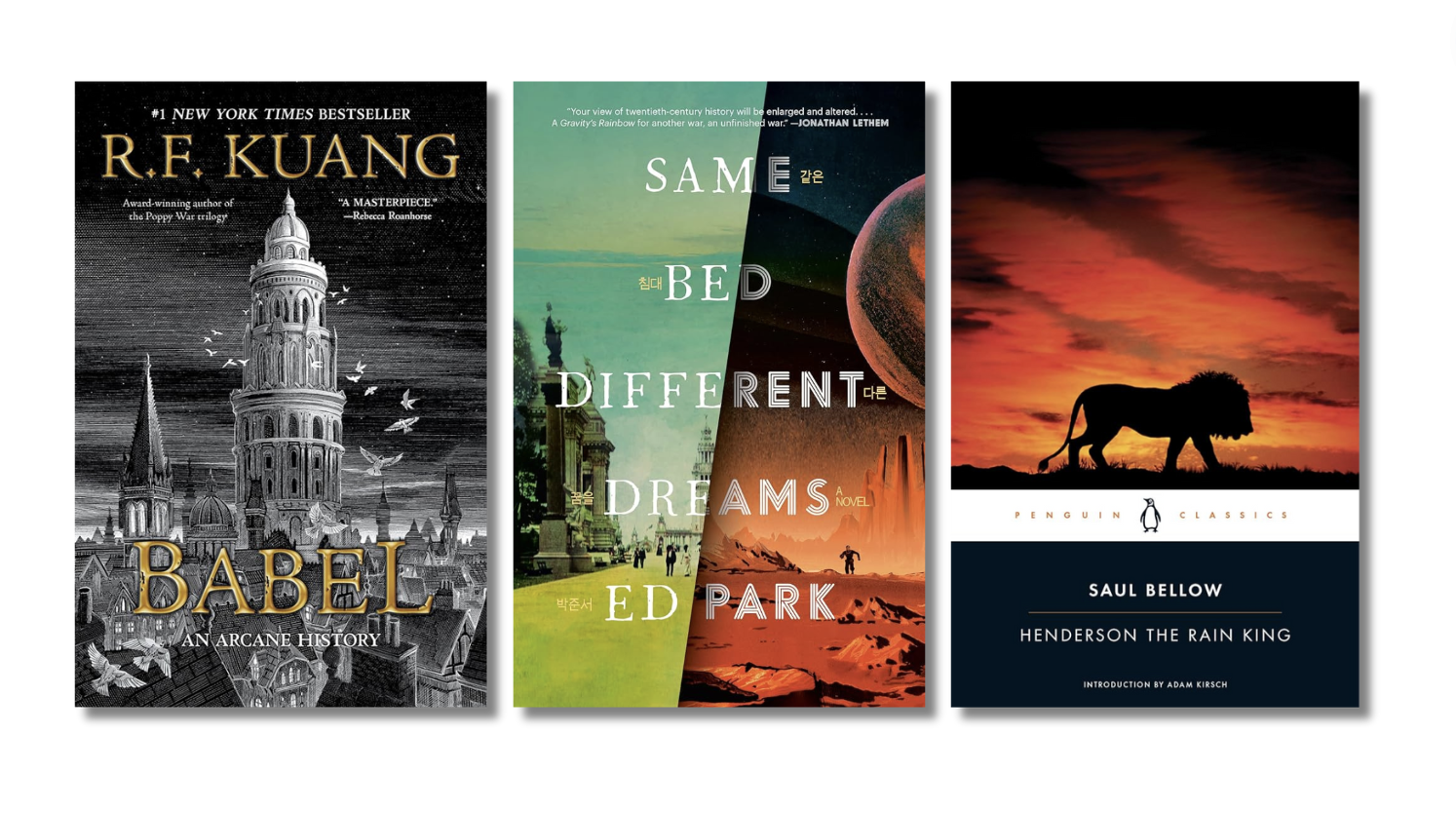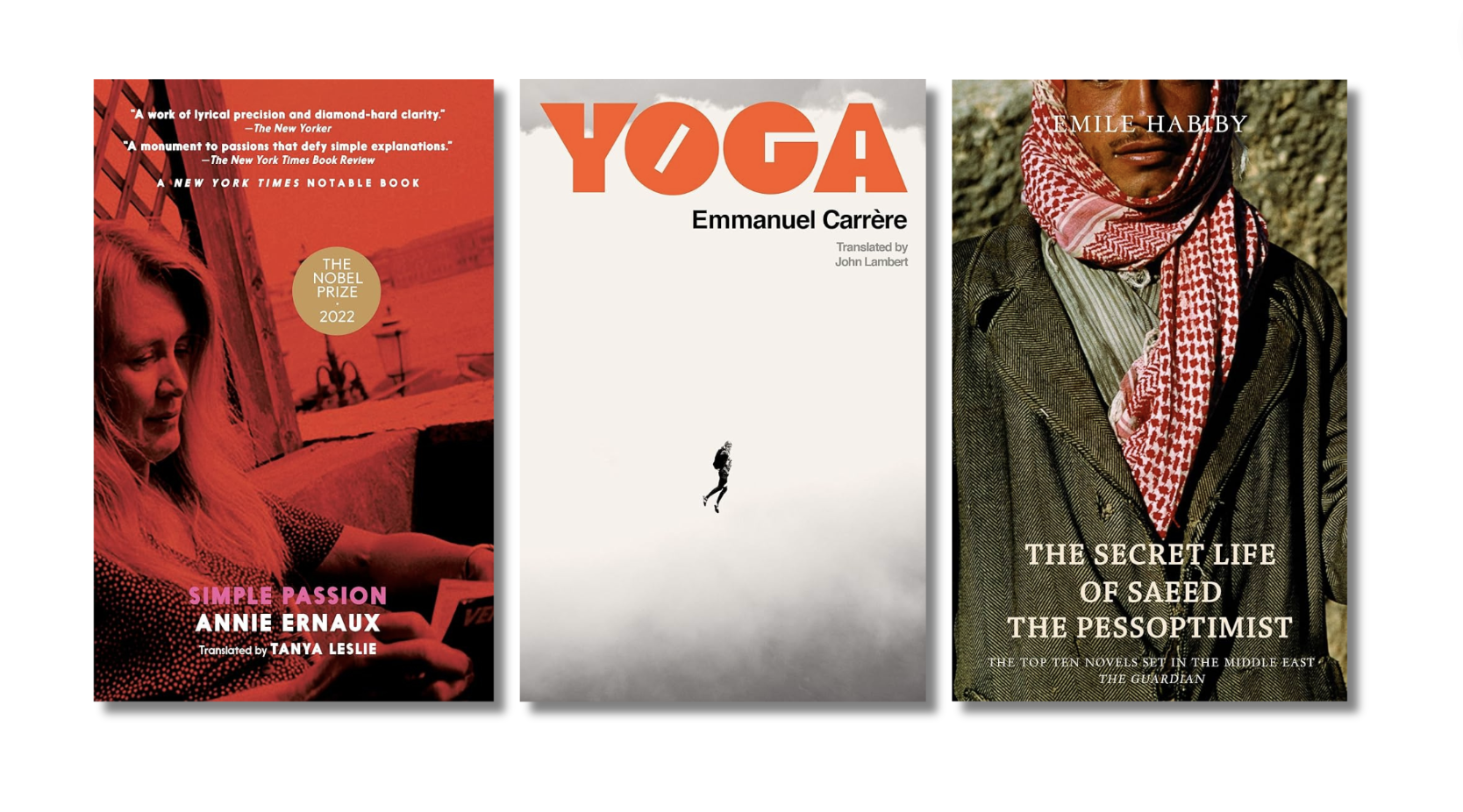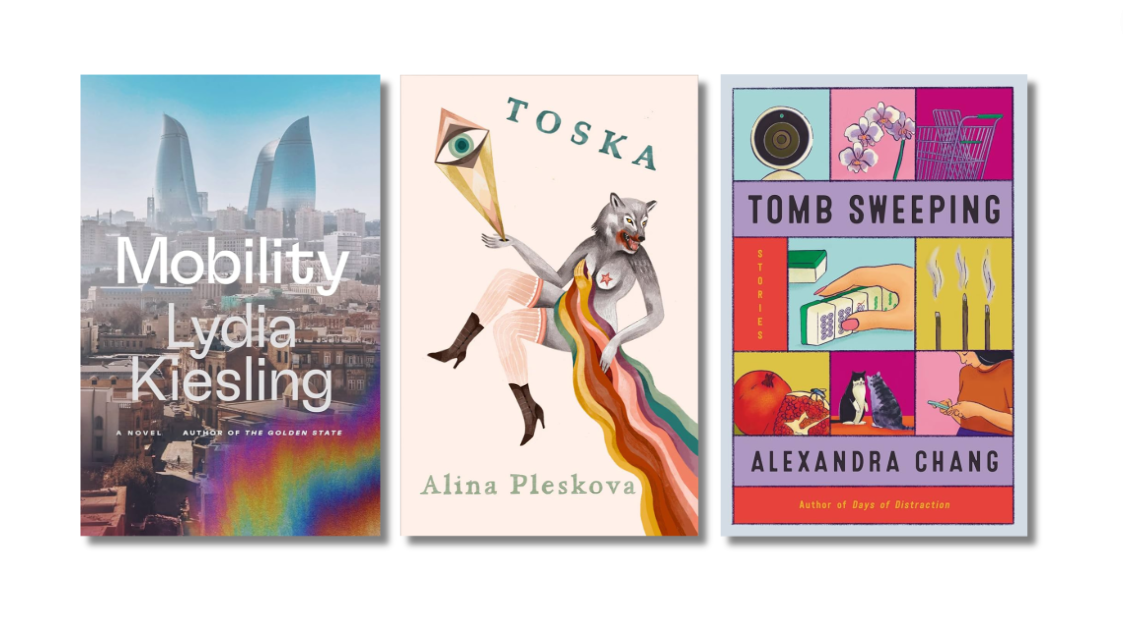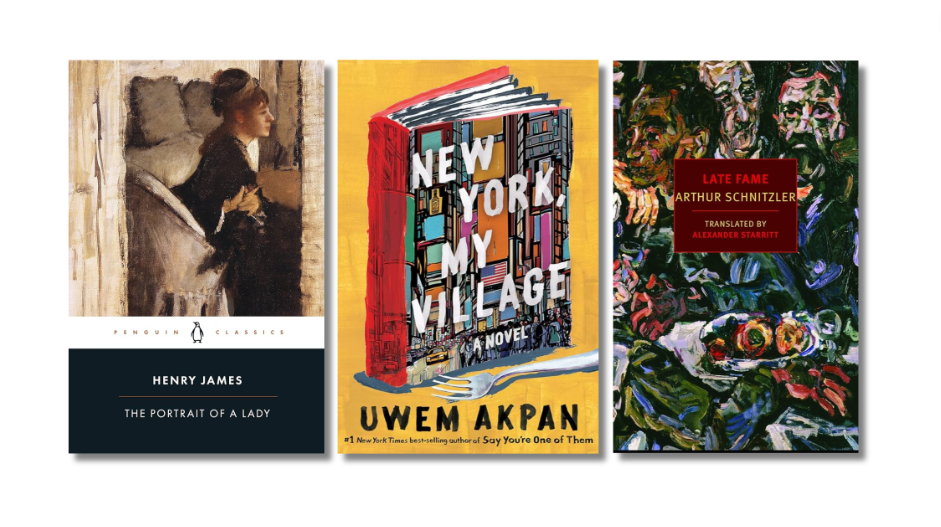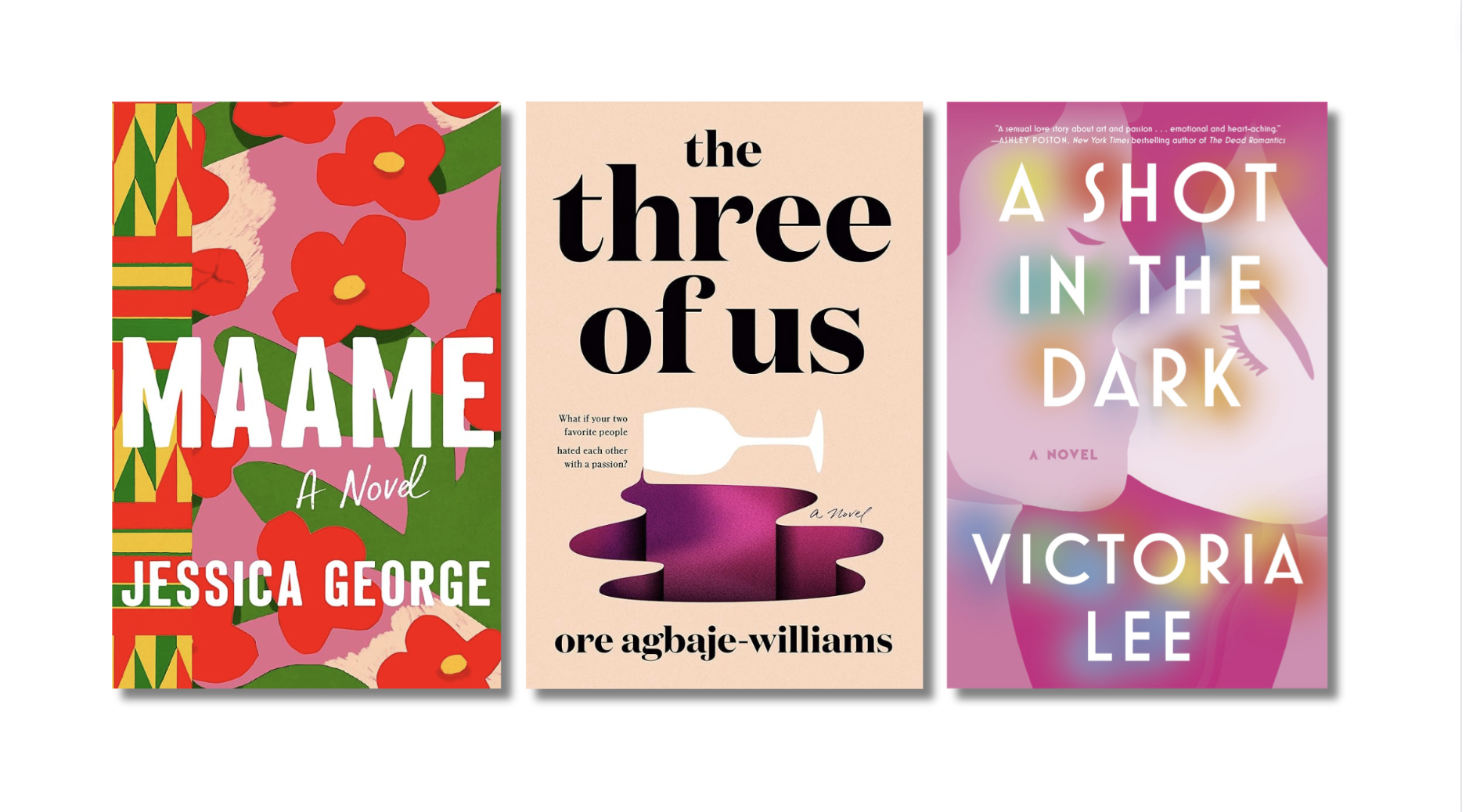 It’s slightly embarrassing to have to admit that the best book you read all year was Anna Karenina. It’s a bit like saying that you’ve been listening to an album called Sgt. Pepper’s Lonely Heart’s Club by these Beatles kids out of Liverpool and that, yes, you can confidently reveal that they were definitely onto something. At the risk of redundancy, Anna Karenina (which I finally got around to reading this year) is pretty much the Platonic ideal of the great novel. The most astounding thing about it for me is Tolstoy’s seemingly infinite compassion for his characters. It’s almost inhuman how fully present he makes these people. Reading it, I kept thinking of that much-quoted bit of Stephen Dedalus bluster about how “the artist, like the God of creation, remains within or behind or beyond or above his handiwork, invisible, refined out of existence, indifferent, paring his fingernails.” There is something god-like about the simultaneous breadth and intensity of Tolstoy’s vision here, but there’s nothing remote or indifferent about it. I don’t think I’ve ever read a book where so many characters are portrayed with such clarity and empathy. He didn’t seem to create characters for instrumental reasons; no one is there just to bring the plot forward or to create a situation for someone more central than themselves. If he introduces a character, he also makes you see the world from their point of view (even Levin’s dog Laska has her moment in the free indirect narrative spotlight). His compassion and clarity are such that I often found myself thinking that if God existed and had sat down to write a novel, this is what it would look like. So yes, this Lev Tolstoy kid out of Yasnaya Polyana is definitely one to watch. You heard it here first.
It’s slightly embarrassing to have to admit that the best book you read all year was Anna Karenina. It’s a bit like saying that you’ve been listening to an album called Sgt. Pepper’s Lonely Heart’s Club by these Beatles kids out of Liverpool and that, yes, you can confidently reveal that they were definitely onto something. At the risk of redundancy, Anna Karenina (which I finally got around to reading this year) is pretty much the Platonic ideal of the great novel. The most astounding thing about it for me is Tolstoy’s seemingly infinite compassion for his characters. It’s almost inhuman how fully present he makes these people. Reading it, I kept thinking of that much-quoted bit of Stephen Dedalus bluster about how “the artist, like the God of creation, remains within or behind or beyond or above his handiwork, invisible, refined out of existence, indifferent, paring his fingernails.” There is something god-like about the simultaneous breadth and intensity of Tolstoy’s vision here, but there’s nothing remote or indifferent about it. I don’t think I’ve ever read a book where so many characters are portrayed with such clarity and empathy. He didn’t seem to create characters for instrumental reasons; no one is there just to bring the plot forward or to create a situation for someone more central than themselves. If he introduces a character, he also makes you see the world from their point of view (even Levin’s dog Laska has her moment in the free indirect narrative spotlight). His compassion and clarity are such that I often found myself thinking that if God existed and had sat down to write a novel, this is what it would look like. So yes, this Lev Tolstoy kid out of Yasnaya Polyana is definitely one to watch. You heard it here first.
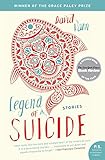 As for less canonically enshrined books, I read two very powerful works of fiction in 2011 dealing with the theme of suicide. The first was David Vann’s Legend of a Suicide, a collection of linked stories and a novella. Here, Vann approaches the central biographical fact of his own father’s suicide from a range of fictional starting points. The novella, “Sukkwan Island,” is one of the most harrowing and moving pieces of fiction I’ve read in a very long time. In it, Vann inverts the reality of his father’s death, staging a hostile takeover of fact on behalf of fiction. It’s a really extraordinary piece of writing, and it takes the reader to a harsh and terrifying place. If you want to remind yourself of how literature can be a matter of life and death, this is a book you need to read.
As for less canonically enshrined books, I read two very powerful works of fiction in 2011 dealing with the theme of suicide. The first was David Vann’s Legend of a Suicide, a collection of linked stories and a novella. Here, Vann approaches the central biographical fact of his own father’s suicide from a range of fictional starting points. The novella, “Sukkwan Island,” is one of the most harrowing and moving pieces of fiction I’ve read in a very long time. In it, Vann inverts the reality of his father’s death, staging a hostile takeover of fact on behalf of fiction. It’s a really extraordinary piece of writing, and it takes the reader to a harsh and terrifying place. If you want to remind yourself of how literature can be a matter of life and death, this is a book you need to read.
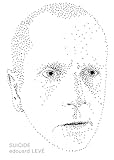 Edouard Levé’s novel Suicide, which I wrote about for The Millions back in July, also really shook me up. As I mentioned in that piece, it’s nearly impossible to separate a reading of this book from the knowledge that Levé took his own life within a few days of having completed it. But on its own terms, its a bleak and beautiful exploration of self-alienation, marked by a sustained mood of quiet despair. The fact that it is written entirely in the second person — the subject of the narrative, with whose suicide the novel opens, is only ever referred to as “you” — forces the reader into a strangely schizoid position. Levé’s “you” addresses itself at once to the first, second, and third persons, and so the distinctions between author, protagonist, and reader become unsettlingly nebulous. Take a number of deep breaths, read it in one sitting, and go for a long walk afterwards. (As great as both Vann’s and Levé’s books are, by the way, I wouldn’t recommend reading them back-to-back in any kind of double bill.)
Edouard Levé’s novel Suicide, which I wrote about for The Millions back in July, also really shook me up. As I mentioned in that piece, it’s nearly impossible to separate a reading of this book from the knowledge that Levé took his own life within a few days of having completed it. But on its own terms, its a bleak and beautiful exploration of self-alienation, marked by a sustained mood of quiet despair. The fact that it is written entirely in the second person — the subject of the narrative, with whose suicide the novel opens, is only ever referred to as “you” — forces the reader into a strangely schizoid position. Levé’s “you” addresses itself at once to the first, second, and third persons, and so the distinctions between author, protagonist, and reader become unsettlingly nebulous. Take a number of deep breaths, read it in one sitting, and go for a long walk afterwards. (As great as both Vann’s and Levé’s books are, by the way, I wouldn’t recommend reading them back-to-back in any kind of double bill.)
Along with everyone else in the world, it seems, I fell pretty hard for Geoff Dyer this year. I had a great time with Jeff in Venice, Death in Varanasi, and I’ve since gone on an extended binge. Right now, I’m reading But Beautiful, his book about jazz, and Working the Room, his recent collection of essays and reviews. (Yoga for People Who Can’t Be Bothered to Do It and Out of Sheer Rage are lined up and ready to go.) I’m pretty sure no author since Proust has spun so much great material out of pastries — what Dyer doesn’t see fit to tell us about cappuccinos, doughnuts, and croissants isn’t worth knowing. I’m not sure whether we actually need a Laureate of Elevenses, but if we do, this is our guy. Dyer is one of those people who could bang out a book on just about any subject and it would be more or less guaranteed to be interesting.
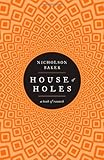 The same could be said for Nicholson Baker, whose House of Holes had a higher guffaw-to-page ratio than any other book I read this year. It’s ridiculously, euphorically filthy and yet strangely innocent, in a way that seems to me to be unique to Baker. But House of Holes is not really about sex, any more than The Mezzanine was about office work or Room Temperature was about child rearing. Sex provides a useful and fertile pretext for exercising what seems to me to be the animating principal of all his fiction: the absurd and fantastic possibilities of language itself. But don’t, for God’s sake, read it on public transport, or in the presence of anyone to whom you wouldn’t be willing to explain the cause of your snickering.
The same could be said for Nicholson Baker, whose House of Holes had a higher guffaw-to-page ratio than any other book I read this year. It’s ridiculously, euphorically filthy and yet strangely innocent, in a way that seems to me to be unique to Baker. But House of Holes is not really about sex, any more than The Mezzanine was about office work or Room Temperature was about child rearing. Sex provides a useful and fertile pretext for exercising what seems to me to be the animating principal of all his fiction: the absurd and fantastic possibilities of language itself. But don’t, for God’s sake, read it on public transport, or in the presence of anyone to whom you wouldn’t be willing to explain the cause of your snickering.
 The novel that I really fell in love with this year, though, was Marilynne Robinson’s Gilead. She writes prose as beautifully as any living writer in English, but what makes her work so special is that its beauty seems to emanate as much from a moral as an aesthetic sensibility. I read Gilead not long after I saw Terrence Malick’s The Tree of Life, and I was struck by the similarities between these two works of art. Both Robinson’s exquisite sentences and Malick’s stunning visual compositions are animated by a sense of wonder at the beauty, strangeness and sadness of the world. They are both religious artists, and they each confront metaphysical themes, but what comes across most strongly in both works is their creators’ amazing ability to capture and heighten the beauty of everyday things. Robison does with her sentences, in other words, what Malick does with his camera. Reading this book reminded me of something Updike once said about Nabokov — that he “writes prose the only way it should be written, that is, ecstatically.” In this passage, the dying narrator, the Rev. John Ames, recalls a simple vision of the beauty of water:
The novel that I really fell in love with this year, though, was Marilynne Robinson’s Gilead. She writes prose as beautifully as any living writer in English, but what makes her work so special is that its beauty seems to emanate as much from a moral as an aesthetic sensibility. I read Gilead not long after I saw Terrence Malick’s The Tree of Life, and I was struck by the similarities between these two works of art. Both Robinson’s exquisite sentences and Malick’s stunning visual compositions are animated by a sense of wonder at the beauty, strangeness and sadness of the world. They are both religious artists, and they each confront metaphysical themes, but what comes across most strongly in both works is their creators’ amazing ability to capture and heighten the beauty of everyday things. Robison does with her sentences, in other words, what Malick does with his camera. Reading this book reminded me of something Updike once said about Nabokov — that he “writes prose the only way it should be written, that is, ecstatically.” In this passage, the dying narrator, the Rev. John Ames, recalls a simple vision of the beauty of water:
There was a young couple strolling along half a block ahead of me. The sun had come up brilliantly after a heavy rain, and the trees were glistening and very wet. On some impulse, plain exuberance, I suppose, the fellow jumped up and caught hold of a branch, and a storm of luminous water came pouring down on the two of them, and they laughed and took off running, the girl sweeping water off her hair and her dress as if she were a little bit disgusted, but she wasn’t. It was a beautiful thing to see, like something from a myth. I don’t know why I thought of that now, except perhaps because it is easy to believe in such moments that water was made primarily for blessing, and only secondarily for growing vegetables or doing the wash. I wish I had paid more attention to it. My list of regrets may seem unusual, but who can know that they are, really. This is an interesting planet. It deserves all the attention you can give it.
If you haven’t turned into James Wood by the time you reach the end of that passage, there’s no hope for you. (Go on, let it out: “How fine that is!”) It’s extremely difficult to pull off something that simple, and I can’t think of many other novelists with the skill to do it. Marilynne Robinson’s writing is like water, like the world: it’s a blessing, and it deserves all the attention you can give it.

 I read some great non-fiction this year, too. John D’Agata’s book About a Mountain is a lot of things at once. It’s a journalistic account of the almost literally unthinkable effects of nuclear waste. It’s an obliquely impressionistic depiction of the city of Las Vegas. And it’s an attempt to imaginatively reconstruct the suicide of a teenager. I didn’t always like the book, and its not by any means an unqualified triumph, but I certainly admired it. It’s a reminder of the Montaignian origins of the word “essay” (which we get from the French word for “trial” or “attempt”). The essay, at its best, is an open-ended, explorative form, and D’Agata is an exciting example of what a gifted writer can do with it. I also read Between Parentheses, the collection of Roberto Bolaño’s essays, reviews and speeches published this year by New Directions. I wrote about it for the second issue of Stonecutter (a wonderfully old school paper and ink literary journal whose first issue was itself one of the highlights of my reading year) and relished every sentence. Among its numberless pleasures is this quintessentially Bolañoesque definition of great writing: “So what is top-notch writing? The same thing it’s always been: the ability to sprint along the edge of the precipice: to one side the bottomless abyss and to the other the faces you love, the smiling faces you love, and books and friends and food, and the ability to accept what you find, even though it may be heavier than the stones over the graves of all the dead writers.” Almost every book that I loved over the last year satisfied this definition in some way. As, I’m sure, will every book I love in the next.
I read some great non-fiction this year, too. John D’Agata’s book About a Mountain is a lot of things at once. It’s a journalistic account of the almost literally unthinkable effects of nuclear waste. It’s an obliquely impressionistic depiction of the city of Las Vegas. And it’s an attempt to imaginatively reconstruct the suicide of a teenager. I didn’t always like the book, and its not by any means an unqualified triumph, but I certainly admired it. It’s a reminder of the Montaignian origins of the word “essay” (which we get from the French word for “trial” or “attempt”). The essay, at its best, is an open-ended, explorative form, and D’Agata is an exciting example of what a gifted writer can do with it. I also read Between Parentheses, the collection of Roberto Bolaño’s essays, reviews and speeches published this year by New Directions. I wrote about it for the second issue of Stonecutter (a wonderfully old school paper and ink literary journal whose first issue was itself one of the highlights of my reading year) and relished every sentence. Among its numberless pleasures is this quintessentially Bolañoesque definition of great writing: “So what is top-notch writing? The same thing it’s always been: the ability to sprint along the edge of the precipice: to one side the bottomless abyss and to the other the faces you love, the smiling faces you love, and books and friends and food, and the ability to accept what you find, even though it may be heavier than the stones over the graves of all the dead writers.” Almost every book that I loved over the last year satisfied this definition in some way. As, I’m sure, will every book I love in the next.
More from A Year in Reading 2011
Don’t miss: A Year in Reading 2010, 2009, 2008, 2007, 2006, 2005
The good stuff: The Millions’ Notable articles
The motherlode: The Millions’ Books and Reviews
Like what you see? Learn about 5 insanely easy ways to Support The Millions, The Millions on Twitter, Facebook, Tumblr.










